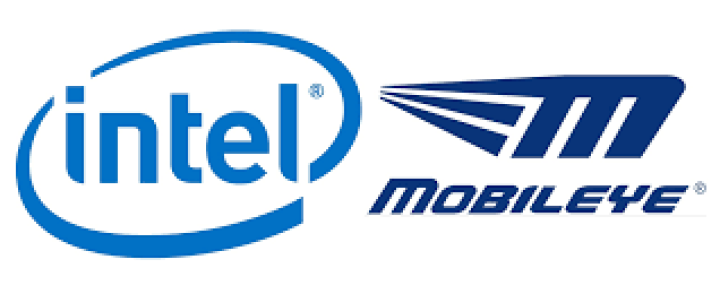Driverless-car outlook shifts as Intel takes over Mobileye
About three years ago, the chip giant Intel seemed like a bystander in Silicon Valley’s race to develop self-driving cars.
Google was zooming ahead, producing and testing autonomous cars of its own design and racking up millions of miles in test drives. Uber, the ride-hailing service, was close behind. Tesla introduced its Autopilot feature to its electric cars, using technology from the Israeli firm Mobileye.
Even in microchips, its strength, Intel was scrambling to catch up to its rival Nvidia, whose superfast processors were attracting automakers because of their ability to fuse images from the cameras and radar sensors to detect obstacles. But Intel is betting that it can reshape the competitive landscape with its acquisition of Mobileye, which makes cameras, sensors and software that enable cars to detect what is ahead. With the $15.3 billion deal, which closed Tuesday, Intel gains instant credibility because Mobileye already supplies technology to most major automakers and is a leader in areas like digital mapping and sensors.
“Intel now has a very big footprint in all parts of the autonomous vehicle, the brains, the sensors, the information side, the mapping,” said Mike Ramsey, a Gartner analyst who tracks the development of self-driving cars. “The acquisition clearly puts Intel in the conversation. It guarantees they will be a player.”
There are increasing signs that autonomous cars have arrived — and may be driving on our city streets sooner than we think.
Mobileye will remain based in Israel, and its co-founder Amnon Shashua will head all of Intel’s autonomous-vehicle efforts. The other founder, Ziv Aviram, is retiring from Mobileye to focus on another company he started, OrCam, which makes artificial-vision devices that allow the visually impaired to understand text and identify objects.
Intel announced its intention to acquire Mobileye in March. The two companies have been working with BMW on self-driving cars and are partners with Delphi Automotive, a supplier of advanced automotive electronics and software.
Big investments and outright acquisitions are increasingly prominent in the autonomous-vehicle development race. Ford Motor announced in February that it would invest $1 billion in Argo, an artificial-intelligence start-up focused on driverless cars. And last year General Motors acquired another software firm in the sector, Cruise Automation. On Tuesday, Cruise announced that it had developed a ride-hailing app for driverless cars being tested by its employees on the streets of San Francisco.
Partnerships have not always gone smoothly. The Cruise application could bring G.M. into conflict with the ride service Lyft, a strategic partner. And last year a public split arose between Mobileye and Tesla after an Ohio man was killed in Florida while driving a Tesla Model S with Autopilot engaged. Mr. Shashua said publicly that Mobileye was unhappy with the way Tesla was using its technology. Tesla has since begun equipping its cars with cameras and hardware of its own design. Intel and Mobileye aim to demonstrate the strength of their combined capabilities in the next several months by building a fleet of 100 self-driving test vehicles.
“This is our way to put the technology out so it can be demonstrated not only for automakers but for society, for regulators,” Mr. Shashua, who will become a senior vice president of Intel, said in an interview.
Continue reading… https://www.nytimes.com/2017/08/08/technology/intel-mobileye-driverless-cars.html?emc=edit_th_20170809&nl=todaysheadlines&nlid=31553297&_r=0
- Driverless-car outlook shifts as Intel takes over Mobileye.



